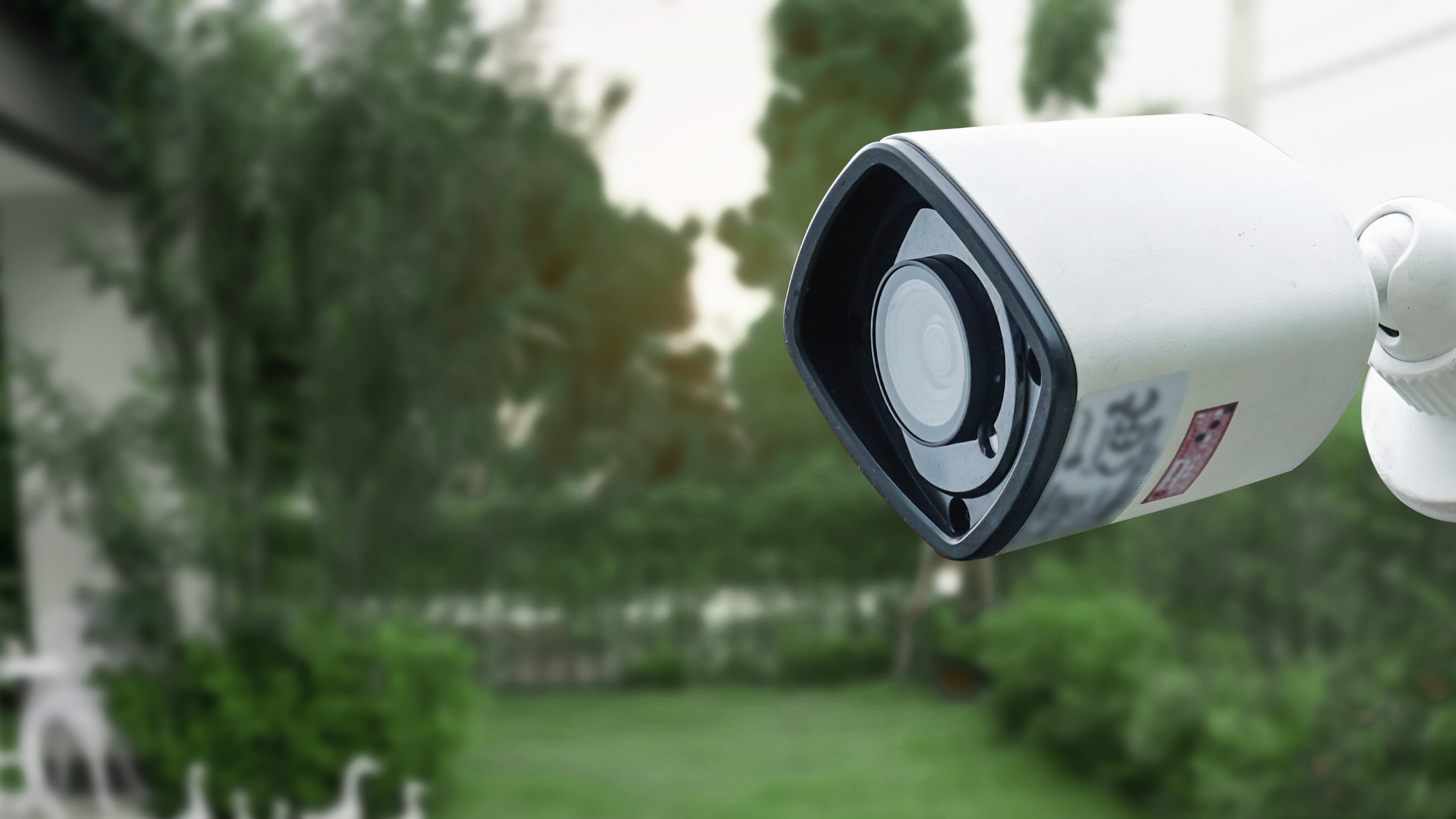Homeowners frequently ask a common question: Do security lights really help protect against burglars? The answer isn’t as clear-cut as you might think. If you want to effectively use security lights for home protection, you need to understand both their benefits and their limitations.
There’s plenty of debate among homeowners, police departments, and security experts about whether leaving lights on—or installing motion-activated lighting—truly deters crime. Unfortunately, if you use security lights for home protection incorrectly, you could actually help intruders instead of stopping them.
In this post, we’ll break down five surprising facts about security lights for home protection and offer practical tips to make your home more secure.
1. Why You Shouldn’t Rely Solely on Security Lights for Home Protection
It might feel reassuring to leave your exterior lights on all night, especially when you’re away on vacation. But most experts caution against using security lights for home protection as your only deterrent.
Police recommend a layered security approach—meaning lights should complement other measures, such as:
-
Smart home cameras
-
Alarm systems
-
Secure door and window locks
-
Neighborhood Watch programs
Lights alone won’t stop a determined burglar. In fact, relying solely on security lights for home protection can give you a false sense of security.
2. Daytime Burglaries Are More Common—Security Lights for Home Protection Aren’t Enough
One of the most surprising facts is that most burglaries occur during the day, not at night. FBI data shows that residential break-ins are nearly twice as likely to happen between 10:00 AM and 3:00 PM, when homeowners are typically at work.
While it’s still wise to use security lights for home protection during nighttime hours, it’s equally important to focus on daytime prevention strategies:
-
Keep blinds or curtains partially closed
-
Use smart home technology to create the illusion of occupancy
-
Ask trusted neighbors to check in on your home if you’re away
No amount of security lighting will help if your home looks empty during the day.
3. Poorly Positioned Security Lights for Home Protection Can Attract Burglars
Another counterintuitive truth: poorly designed security lights for home protection may actually attract attention from intruders.
Here’s why:
-
Lights that spotlight entry points (such as front or back doors) can inadvertently highlight the best points of access.
-
Static lighting (lights that stay on 24/7) becomes predictable and signals that no one is actively managing the property.
-
In rural areas or poorly lit neighborhoods, constant lighting can assist burglars by illuminating their actions.
To avoid these risks, experts suggest positioning security lights for home protection along pathways, driveways, and approach routes—not directly on doors and windows.
4. Motion-Activated Security Lights for Home Protection Are More Effective
If you want security lights for home protection that actually work, opt for motion-activated lights or lights connected to smart timers.
Benefits include:
-
Startling potential intruders when movement is detected
-
Saving energy compared to lights left on continuously
-
Creating the illusion that someone is home and aware of activity
-
Avoiding the telltale signs of an empty house (such as one lamp left on 24/7)
Motion-activated security lights work best when paired with cameras and alarms, creating a layered defense that makes your home a much less attractive target.
5. Static Security Lights for Home Protection Can Backfire
Leaving a single light on for days while you’re away is one of the most common security mistakes. Savvy burglars recognize this tactic as a decoy.
Even worse, static lighting can give intruders an advantage by providing steady illumination to aid their break-in efforts—especially in poorly lit neighborhoods.
Instead of using static security lights for home protection, consider these strategies:
-
Program smart lighting to mimic real occupancy (lights turning on and off at varied times)
-
Use motion sensors at key points around your property
-
Coordinate with neighbors to keep an eye on your home
Remember: the goal is to create uncertainty for intruders—not to help them see better.
Final Thoughts: How to Use Security Lights for Home Protection the Right Way
The bottom line? Security lights for home protection can be a valuable tool—but only when used strategically and as part of a larger home security plan.
Here’s a quick recap of what works:
✅ Use motion-activated lights on pathways and approach areas
✅ Pair security lights with cameras, alarms, and other security layers
✅ Avoid static lights that run 24/7, especially when you’re away
✅ Make your home look occupied during the day and night
✅ Communicate with neighbors about your travel plans
If you approach security lights for home protection as just one piece of a broader strategy, you’ll dramatically improve your home’s safety—and gain greater peace of mind.



